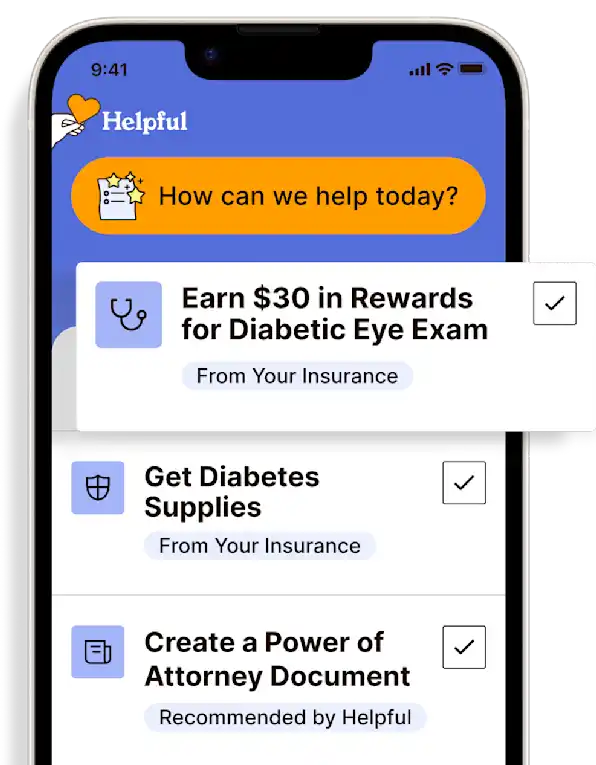Responding to Blood Pressure Changes
Gain confidence in what to do if someone has unusual blood pressure readings. First step, don't panic.
Get insurance benefits, legal documents, and medical records in one place

Helpful Highlights
If there is an unusual blood pressure reading, take the person's blood pressure again.
Try to uncover if there is a reason for the unusual reading(s).
Check recommendations from their healthcare provider and current guidelines.
If concerned, call the person's provider. If alarmed, call 9-1-1.
Follow these steps when you or someone else gets an unusual reading when taking blood pressure, whether higher or lower, regardless of whether an automatic or manual blood pressure cuff is used.
Repeat on the same arm
Note the initial reading
Remove the cuff
Wait 5 minutes
Repeat blood pressure on the same arm
~OR~
Repeat on the opposite arm
Remove the cuff
Wait 2 minutes
Take a reading on the opposite arm (if feasible)
If an automatic cuff was used for the initial reading and you have a manual cuff and stethoscope available, it can be good to use the manual cuff for the second reading; or vice-versa (if a manual cuff was used the first time, use an automatic cuff for the second reading).
Second reading results
If the second reading is also unusual, try to figure out if there is a reason:
missed medications
interference with the cuff function
anxiety
excess caffeine
illness
recent activity
other reasonable explanation
Observe for any other symptoms the person may be having.
Check the healthcare provider's care plan for instructions on what to do in the case of usual blood pressure readings.
Generally, there is no reason to act on a single unusual reading unless the person has other symptoms, the provider's care plan has specific instructions, or both readings are significantly higher or lower than normal.
Well, what's significant?
Current guidelines from the on significance are:
Systolic (top number) is more than 20 points higher or lower than usual.
Diastolic (bottom number) is more than 10 points higher or lower than usual.
Systolic under 90 warrants a call to the provider.
Systolic over 180 or Diastolic over 120 is considered a hypertensive crisis and is a medical emergency.
When in doubt or if you're nervous, call the provider.
If alarmed or you believe there may be an emergency, call 9-1-1 or go to the nearest emergency department.
RESOURCES
American College of Cardiology (ACC)
American Heart Association (AHA)
No content in this app, regardless of date, should ever be used as a substitute for direct medical advice from your doctor or other qualified clinician.
Get more support and guidance on insurance benefits, medical records and legal forms.
Helpful brings together your insurance benefits, legal documents, and medical records in one personalized place — so you always know what you have, and never have to search again.

Technology for Health Tasks. Mental Health for the Tough Stuff.
Helpful connects your medical records, insurance, and caregiving tasks automatically. And when you need more than logistics, a therapist is here to guide you.
In-Network and Covered
For Individuals, Couples and Families
HIPAA Compliant, Data Stays Private


Healthcare Tasks Simplified

From syncing records to spotting drug interactions, Helpful does the heavy lifting, turning complex health info into clear tasks and showing you benefits you can actually use, giving you clarity and control over your care.

In-Network Mental Health

Our licensed therapists are here to support you and your loved ones through stress, burnout, and life’s hardest moments, with an inclusive, compassionate approach that works with most insurance plans.

Create Legal Documents

Plan ahead by creating will, trusts, advance directives and more, that ensure your wishes are honored in the event you can’t speak for yourself -with Helpful guiding you every step of the way.